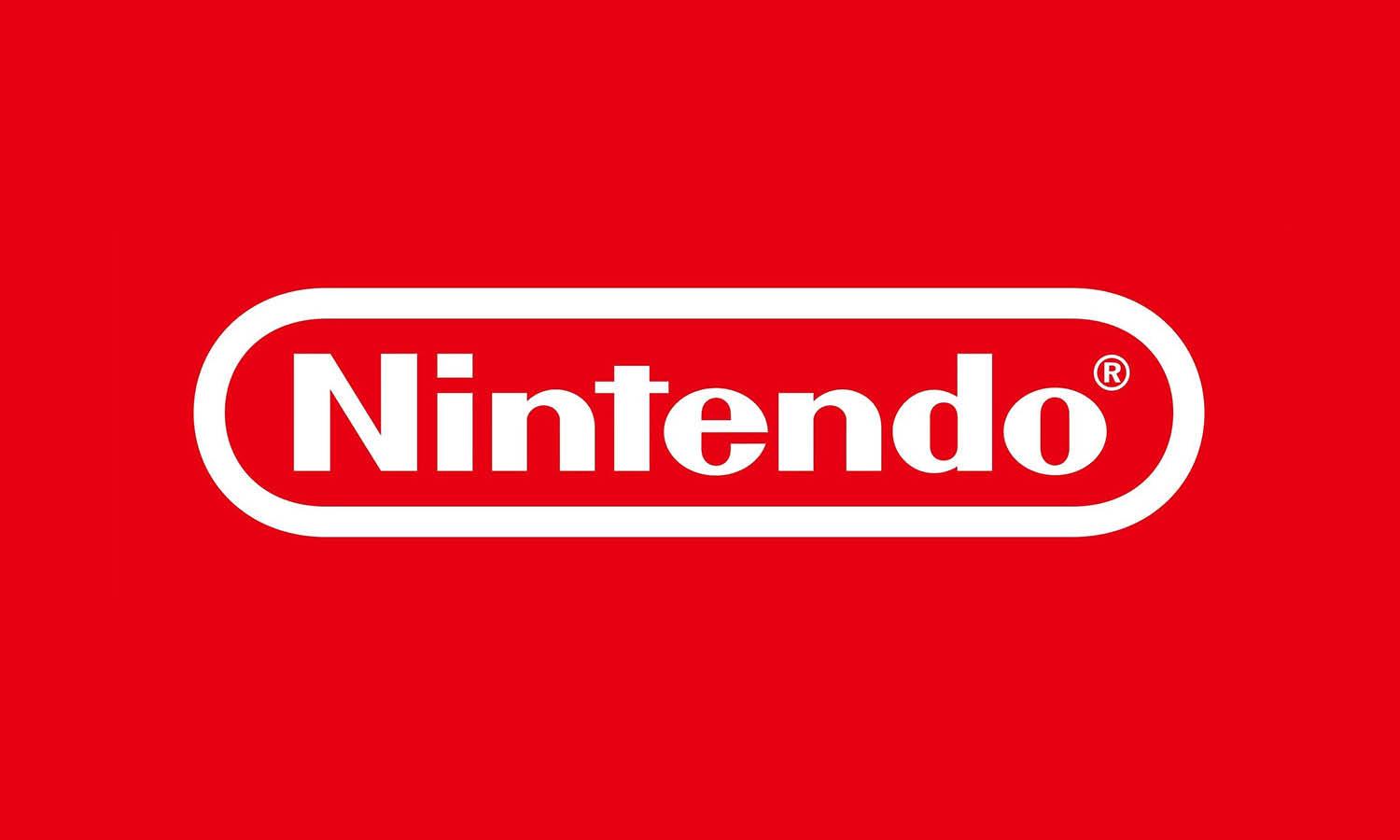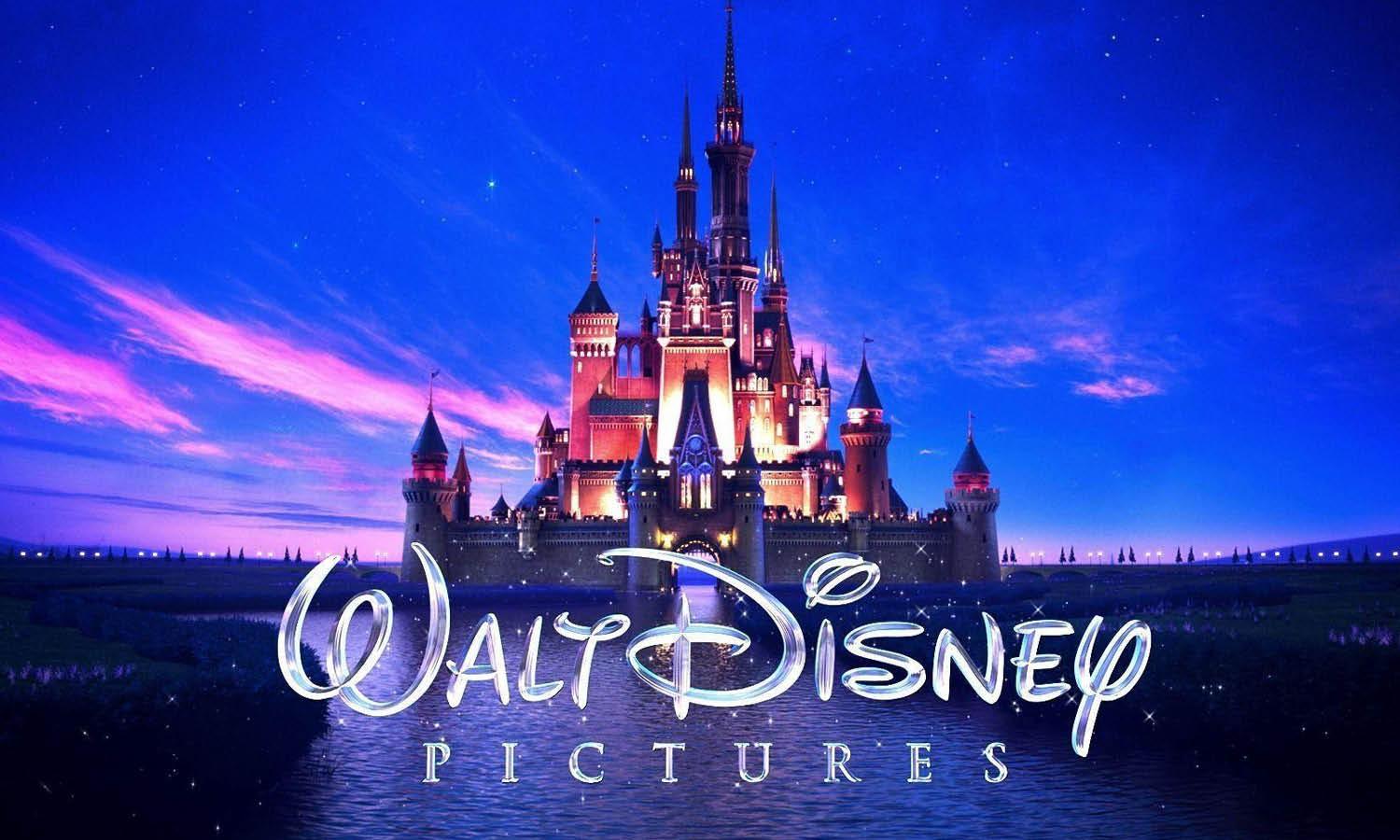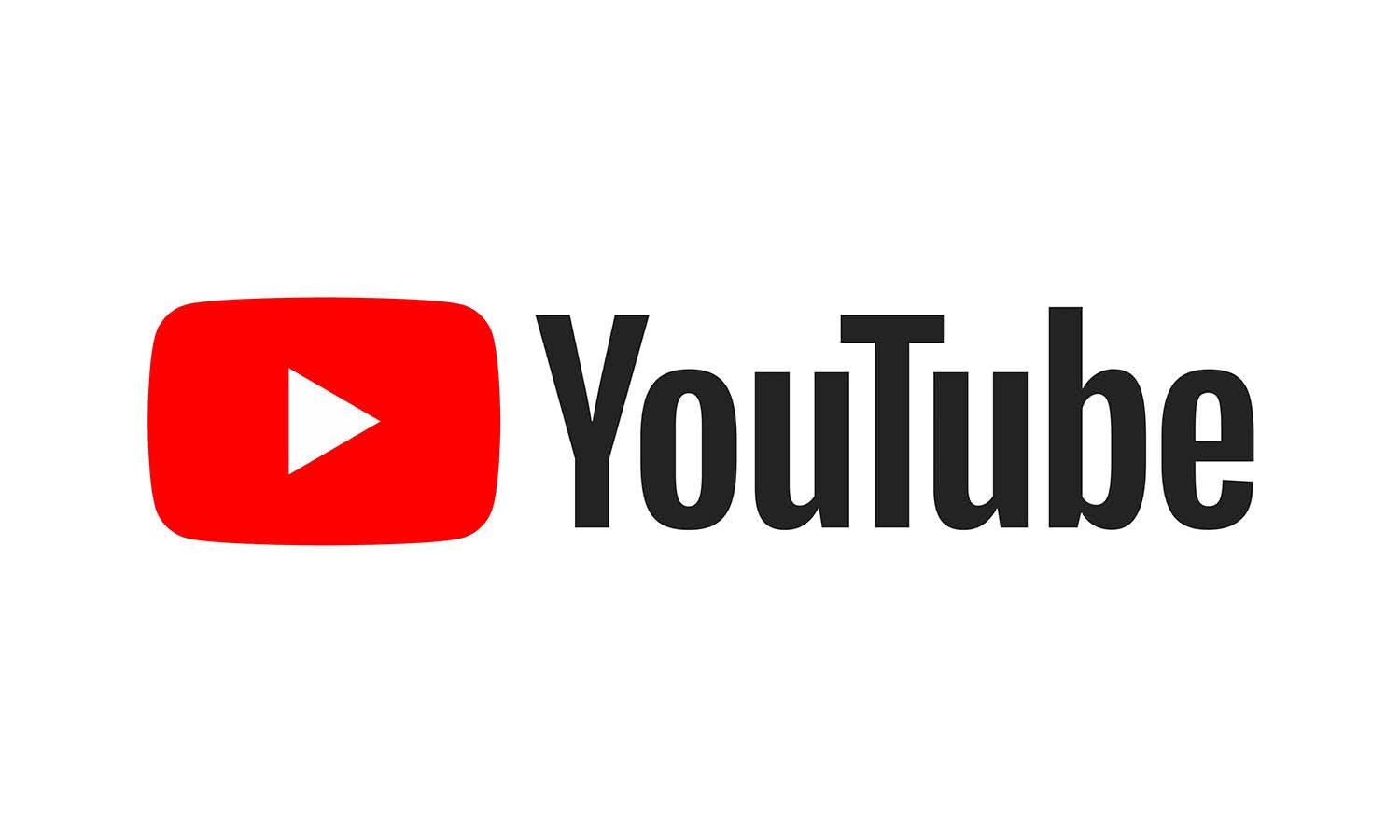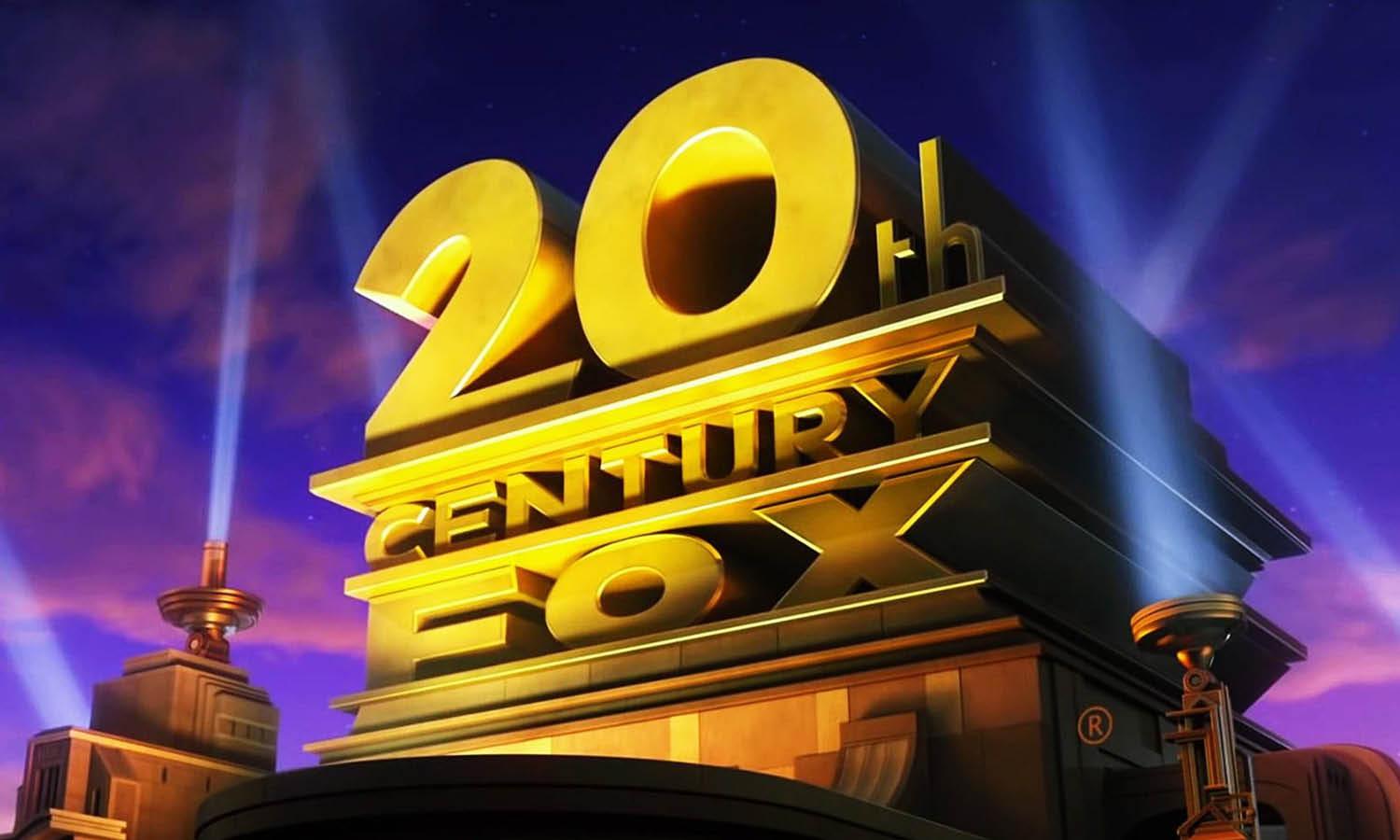Netflix Logo Design: History & Evolution

Image Courtesy: Netflix
Ah, Netflix—the one-stop hub for all your binge-watching needs! But have you ever paused your fifth consecutive episode to appreciate the Netflix logo design? It's more than just a visual eye-candy; it’s a tale of innovation and evolution that mirrors the journey of the streaming giant itself. In this article, we're going to take a deep dive into the history and transformation of the Netflix logo design that we’ve all come to know and love.
Why does the Netflix logo design matter, you ask? Well, it's the first thing that greets you as you open the app to embark on your next streaming adventure. It has to be inviting yet modern, straightforward yet impactful. And let’s be honest, it's so iconic that it's become synonymous with chill weekends and cozy nights in.
From its initial launch in 1997 as a DVD rental service to its present-day status as a global streaming behemoth, Netflix has undergone not just business transformations, but also pivotal changes in its visual identity. Stick around as we unravel the design decisions, updates, and the branding genius behind Netflix's logo evolution.
Netflix Logo Design History
1997 - 2000
Let's get into the nostalgic realm of Netflix's design history. The 1997-2000 period of Netflix logo design is fascinating for a number of reasons, and it's a treat to dissect it for design enthusiasts and casual streamers alike.
Ah, the late '90s, a time when the internet was still young and Netflix was merely a fledgling DVD rental service. Back then, the Netflix logo design was, for lack of a better phrase, a beautiful mess—or "lack of assembly," if we’re getting technical. Imagine a visual representation that's like a teenager still figuring itself out, much like Netflix at the time.
First off, let's talk about the typography, shall we? The debut logo was visually divided into distinct fragments. The capital letters "N" and "F" towered over the other uppercase letters—“E,” “T,” “L,” “I,” and “X”—creating a purposeful imbalance. This wasn't an error or poor design judgment; it was a calculated move to separate the "Net" from the "Flix," highlighting the service's online functionality and its focus on films.
And speaking of films, let's not forget that symbolic touch of the film reel! It whimsically wrapped around the first half of the word "Netflix," only to dissolve into a white background, like a movie fading to black. This design element beautifully captured the essence of the company's core service at the time—movies, right at your doorstep!
Now, onto the colors and aesthetics. The gradient—a striking blend of black and purple—gave the logo a dynamic feel. It was as if the logo itself was in motion, ever-changing and evolving, much like the film reels it symbolized. This gradient wasn't just for show; it helped the logo stand out and left an impression of modernity and flair, which was especially important in an era where digital design was still in its infancy.
Lastly, the font. Ah, the beauty of personalized fonts! Thin, elongated lines coupled with sharp serifs gave life to the text. It wasn't just a name; it was a brand, it was an identity. The unique typography breathed personality into the Netflix logo design, setting the stage for what would become a household name.

Image Courtesy: Netflix
2000 - 2001
Let's continue our journey through the evolution of Netflix logo design! If you thought the late '90s version was quirky, just wait until you hear about the year 2000's makeover. Buckle up because this era was like Netflix's experimental phase, where it decided to really think outside the box—or the "oval," to be more accurate.
The 2000-2001 Netflix logo design can best be described as radical. Gone were the elongated lines and sharp serifs; in their place were letters that were curved, worm-shaped, and—dare I say it—chopped. This design felt more like graphic drawings than traditional alphabetic characters, a bold departure from conventionality. The elements seemed to break away from the constraints of typography to form something more abstract. This was Netflix saying, "Look at me, I’m artsy now!"
Even the characters "N" and "F" were noticeably different. Their usually edgy corners were smoothed into rounded shapes, creating a softer visual that nudged them even further away from traditional typography. The design choice to round off the edges was a significant step, reflecting a softer, more approachable brand image. Perhaps Netflix was giving us a glimpse into the friendly, user-centric platform it was evolving into.
But let's not overlook the mix of lowercase and uppercase characters in the inscription. Oh, and that ‘i’—the dot was replaced with a tiny TV screen! It's like Netflix was winking at us, nudging us to acknowledge its medium of choice. A cheeky yet charming touch, wouldn't you agree?
Now, about the background. The text was enshrined in a black oval that was flanked by wide yellow brackets on both sides. The black and yellow combo imbued the logo with stark contrast and focus. It was like Netflix was underlining its own name, demanding we pay attention to its new artistic aesthetic. That oval gave a nod to the classic 'TV screen,' reinforcing that Netflix was in the business of screen-based entertainment.
In summary, the Netflix logo design of 2000-2001 was a trip. It broke away from traditional design elements, and with its curved, abstract shapes, mixed-case lettering, and graphic elements, it was nothing short of revolutionary for its time. It captured the essence of a brand that wasn't afraid to experiment and evolve. And evolve it did, as we'll see in the subsequent years.

Image Courtesy: Netflix
2001 - 2014
The 2001-2014 era—this is where things really start to get interesting in our deep dive into the Netflix logo design evolution. It's like Netflix finally grew out of its rebellious teenage years and entered a phase of maturity and self-assuredness. Gone were the avant-garde graphics and the abstract shapes. Instead, we got a logo that seemed to say, "Okay, now that I have your attention, let's get serious."
First up, let’s talk about the arc. The word "Netflix" was gracefully curved in a low arch, a design choice that was more than just a stylish whim. This arch was borrowed from vintage CinemaScope logos, a nostalgic nod to the cinematic experience. It's as if Netflix was gently reminding us of its entertainment roots, pulling a seat up next to the classics in film history. This wasn't just a logo; it was a love letter to cinema.
The color scheme also took a bold new turn. The typography shifted to sans-serif white letters, encased in striking black contours and shadows. This created a beautiful visual depth, almost like the letters were leaping off the screen—or should I say, out of the red background. Ah yes, the red background, a color that would go on to become a defining aspect of the Netflix brand.
Why red, though? Aside from being visually striking, red is a color often associated with passion, excitement, and urgency—all emotions you might feel when debating whether to watch another episode or finally get some sleep. The contrasting combination of white, black, and red was a visual knockout. It demanded attention and it got it, making the Netflix logo design unmistakable even from a distance.
The choice of sans-serif letters brought a level of simplicity and modernity to the table. Sans-serif fonts are often considered more contemporary and clean, a great fit for a company that was paving the way for a new kind of at-home entertainment. With the rise of streaming services, Netflix was at the forefront, and this logo captured the essence of a brand ready to lead.
In a nutshell, the Netflix logo design from 2001 to 2014 can be described as a harmonious blend of past and present. It saluted the world of vintage cinema while wholeheartedly embracing modern design elements. A clever mix of color, contour, and curvature turned this logo into an iconic representation of a brand on the verge of becoming a household name.

Image Courtesy: Netflix
2014 - Present
And here we are, the present era—where the Netflix logo design has fully matured, embracing a sleek and modern aesthetic that embodies the streaming giant it has become. In June 2014, Netflix opted for a complete overhaul, a global rebranding that transformed not only its visual identity but also its user experience. The creative minds behind this seismic shift? None other than New York-based design studio Gretel.
Let's kick things off with the shadows—or rather, the absence of them. Gone were the dark shadows that once gave the letters a three-dimensional look. While effective in their time, these shadows had started to make the logo feel a tad heavy and dated. The new design scrapped them entirely, opting for a lighter, cleaner visual that’s easier on the eyes and modern to boot.
Ah, the Netflix Red. If there were ever a hue to encapsulate the excitement of hitting the "Next Episode" button, it’s this one. The vibrant red background now serves as a stage for the company name, reinforcing the brand's identity with every appearance. And what's written on this vibrant stage? Just the company name, spelled out in a custom font that screams elegance and simplicity.
Speaking of fonts, Netflix wasn’t content with using something off-the-shelf. No, they went all out with a custom typeface. If you're a font aficionado, you'd recognize the inspiration—it's based on the Gotham Book and Gotham Bold fonts. Gotham is renowned for its modern sensibility, straightforwardness, and readability, qualities that align perfectly with Netflix's brand ethos. The custom font in the Netflix logo design is less of an aesthetic choice and more of a declaration of the brand's persona: modern, approachable, and endlessly binge-able.
The 2014 rebranding also extended beyond the logo to include an updated website interface, streamlining the user experience and ensuring that the new visual identity was consistent across all touchpoints. It was a holistic approach, perfectly timed with Netflix's expansion into original programming and global markets.
So what can we take away from the Netflix logo design journey from 2014 to the present? It’s an emblem of growth, of a brand that has come into its own. It’s simplified yet impactful, capturing the essence of a service that has become synonymous with streaming entertainment. As Netflix continues to evolve, its logo stands as a constant—a modern icon that encapsulates the joy of discovering a new series or revisiting a beloved classic.

Image Courtesy: Netflix
Analysis: Netflix Logo Design Evolution
So far, we've walked through the fascinating journey of the Netflix logo design, from its humble beginnings in 1997 to its current iconic look. Now it's time for some analysis, where we break down this captivating design evolution to uncover what makes it so binge-worthy. Let’s dive into five key points that capture the essence of Netflix's brand identity journey, shall we?
Risk and Experimentation
Netflix's early logos were all about taking risks and experimenting with non-traditional design elements. Whether it was the blend of colors, varying font sizes, or even the little TV screen dot on the 'i,' Netflix wasn't afraid to push boundaries. This willingness to experiment set the tone for the disruptive and innovative nature of the brand.
A Nod to Cinema History
One cannot overlook the influence of cinematic history in Netflix's logo design, especially in the 2001-2014 era. The arc borrowed from vintage CinemaScope logos was a love letter to classic cinema. It added a layer of nostalgia that appealed to movie buffs and made Netflix look like a serious contender in the entertainment industry.
Color Psychology
Ah, the Netflix Red. It’s not just a color; it’s an emotional trigger. Red stands for excitement, passion, and action—all the feelings that get us to click "Next Episode" instead of "Exit." By sticking to a vibrant, emotion-evoking color, Netflix managed to implant itself firmly in our psyches.
Simplification and Modernization
The 2014 logo redesign marked a crucial shift towards simplicity and modernity. Gone were the shadows and complicated color schemes. Instead, we got a clean, red background and a custom, straightforward font. This minimalist approach aligns with modern design trends and reflects Netflix’s transition into a more mature, global brand.
Consistency Across Platforms
With the 2014 rebrand, Netflix took a holistic approach to design, making sure the new logo would look fantastic on everything—from mobile apps to billboards. The updated logo and website interface were all part of a cohesive brand strategy, designed to offer a consistent user experience.
So, what’s the takeaway? The Netflix logo design evolution is a masterclass in how visual identity can grow and adapt with a brand. From its experimental beginnings to its modern, streamlined look, Netflix’s logo has been more than just a name—it’s been the face of a brand that has fundamentally changed how we consume entertainment. Hope you found this analysis as eye-opening as that plot twist in your favorite Netflix series!

Image Source: https://about.netflix.com/ | Image Courtesy: Netflix
The Philosophy & Meaning Behind Netflix Logo Design
Now that we've explored the who, what, and when of the Netflix logo design evolution, let's delve into the why. What are the philosophy and deeper meaning behind that iconic logo we all recognize from a mile away? Grab your popcorn (or your design sketchbooks)—we're about to get real philosophical!
A Global Invitation
Let's start by acknowledging how the Netflix logo serves as a global invitation. It beckons viewers from around the world to be part of a shared cultural experience. The simplicity of the design and the straightforward font are universally appealing, inviting you in for an evening of limitless streaming, no matter where you are in the world.
Emotional Connection
It's amazing how color can connect on an emotional level. The "Netflix Red" isn't just eye-catching—it's heart-catching. Red evokes passion, excitement, and urgency, reflecting not just the thrill of a new season drop but also the warmth of a comforting classic. This isn't just by chance; it's smart, emotional design at its best.
The Intersection of Tech and Entertainment
The Netflix logo design ingeniously sits at the crossroads of technology and entertainment. The minimalist design nods to tech culture, while the CinemaScope-inspired curve and red color pay homage to traditional cinema. This dual identity captures the essence of Netflix, a tech company that's also an entertainment powerhouse.
The "Flat" Approach
The move to flat design in 2014 was more than just a design trend; it was a philosophical choice. By shedding the shadows and gradients, Netflix adopted a design language that felt more accessible and user-friendly, mirroring its commitment to providing easy and direct access to world-class entertainment.
Brand Confidence
Last but not least, the simplicity of the logo exudes confidence. Netflix doesn’t need to shout; it's self-assured in its brand identity. This minimalist approach speaks volumes, signaling to viewers that Netflix knows what it's about and is unapologetically itself. The absence of fuss and clutter tells us that what's on offer is unfiltered, straightforward, and top-quality—just like the content we binge-watch on the platform.
So there you have it, folks! The Netflix logo design isn’t just a pretty face; it's a multi-layered, philosophical masterpiece. It invites, it connects, it bridges gaps, it simplifies, and it confidently stands as a banner under which millions of us find our next favorite show or movie. Now, how's that for a logo that does more than just look good?

Image Source: https://about.netflix.com/ | Image Courtesy: Netflix
What Can We Learn from Netflix Logo Design
Now that we've dissected the Netflix logo design from almost every angle, let’s get to the part that'll tickle the creative neurons in your brain—what can we actually learn from this journey of pixels and color? Whether you're a brand guru, a design student, or just a curious Netflix fan, there's a ton to glean from this iconic logo. Ready to get schooled? Let’s go!
The Power of Simplicity
If Netflix's design evolution has taught us anything, it’s that less can be so much more. The platform started off with a rather complex logo, but as it matured, it embraced simplicity. Simple doesn't mean boring; it means clear, focused, and easily recognizable, which is critical in a digital landscape cluttered with information.
Emotional Resonance Matters
The emotional impact of color can't be underestimated. Netflix Red doesn’t just get your attention; it gets into your feelings. If your brand has an emotional component (hint: it should), make sure your color choices reflect that. Choose a color that not only pops but also evokes the emotions you want your audience to feel.
Adapt but Stay True to Your Roots
Netflix's logo has evolved significantly, but it has always remained true to its entertainment roots. Even when adopting more modern, tech-savvy elements, the design still pays homage to its cinematic heritage. For your brand, this means you can (and should) adapt to the times while still maintaining your core essence.
Think Universally
Netflix’s latest logo is clean and straightforward, appealing to a global audience without any cultural or linguistic barriers. When you’re designing for a brand that transcends borders, it’s crucial to think about how your logo will be perceived universally. Is it easy to understand? Does it translate well across different cultures?
Consistency Across All Platforms
One of the most brilliant aspects of the Netflix logo design is its seamless look across various platforms and media. From TV screens to mobile apps to billboards, the logo maintains its impact. This kind of cross-platform consistency should be a goal for any brand aiming for a wide reach.
So, what's the lesson plan, class? The Netflix logo design serves as a textbook example of how to effectively convey a brand’s philosophy, adapt to technological and cultural shifts, and forge an emotional connection with a global audience. It's not just about looking good; it's about communicating a message and evoking a feeling. So the next time you embark on a design project, keep these lessons from the Netflix logo in your toolkit. Who knows? Your design could be the next one we're all talking about!
Conclusion
And there we have it, folks! We've taken a deep dive into the captivating world of Netflix logo design, dissecting its evolution, philosophy, and even the lessons it offers for aspiring designers and brand strategists. The Netflix logo isn't just eye candy; it's a masterclass in blending simplicity with emotional resonance, all while staying true to its roots. So whether you're sketching out your first logo or rebranding an established name, let Netflix be your North Star. Thanks for joining me on this design journey; may your creativity stream as endlessly as your favorite Netflix series!
Let Us Know What You Think!
These fantastic logo design articles are written and curated by Kreafolk's team. We hope you enjoy our information and remember to leave us a comment below. Cheers!
















Leave a Comment